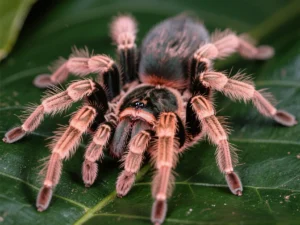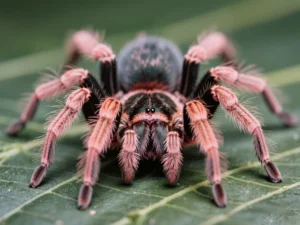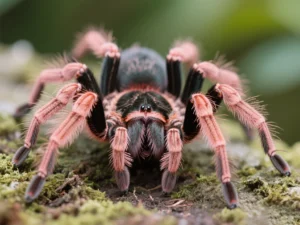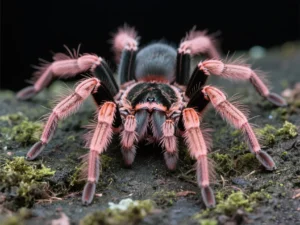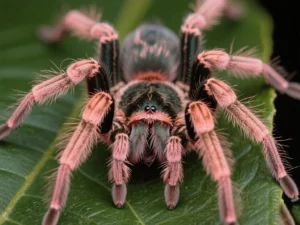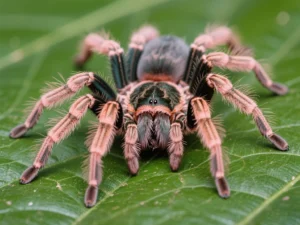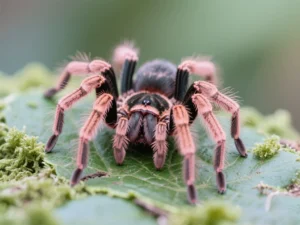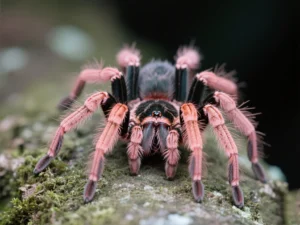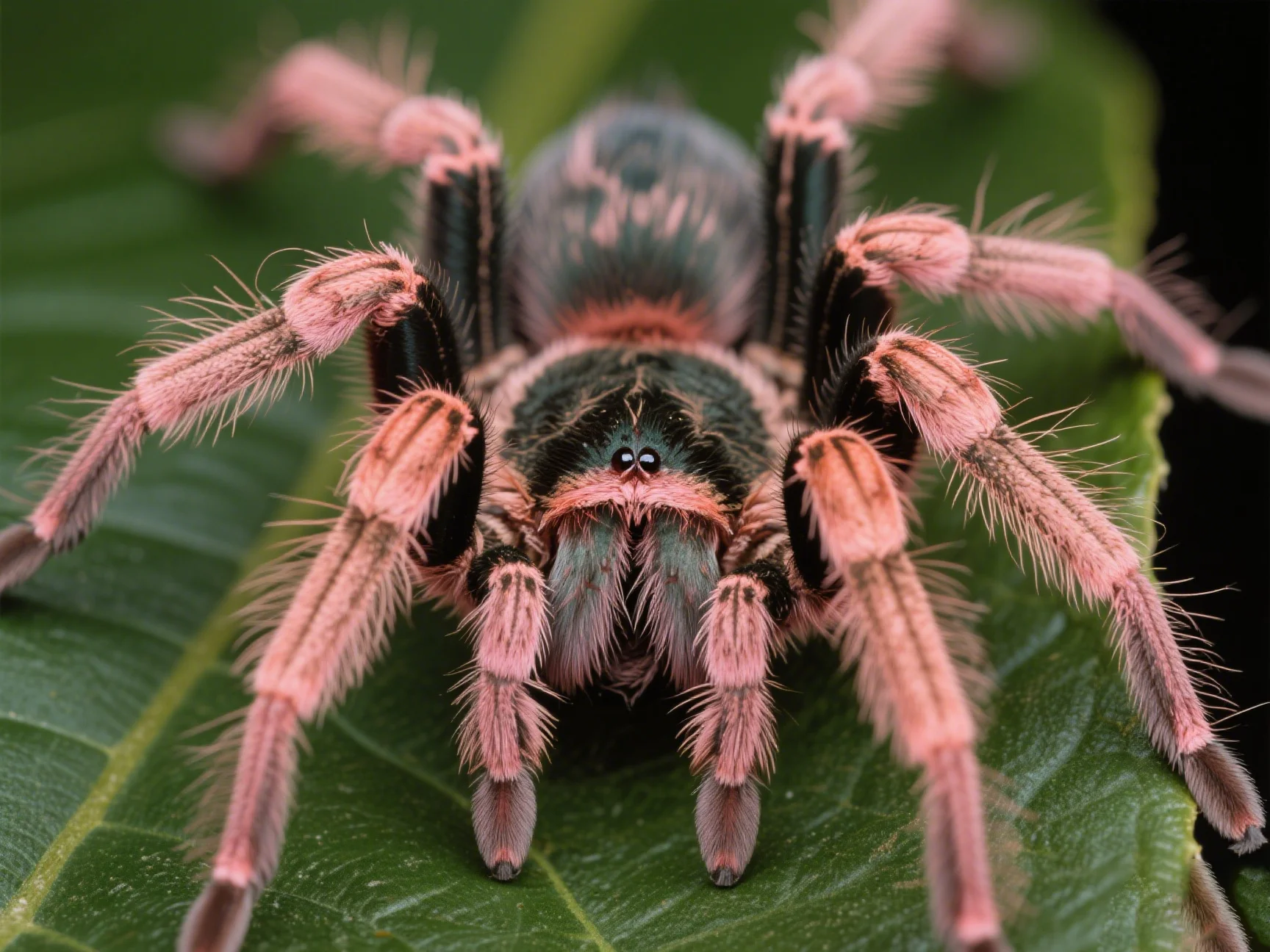
Tarantula Facts
How big do Antilles pink toe tarantulas get?
The Antilles pinktoe tarantula (Caribena versicolor) is considered a medium-sized tarantula species, especially among arboreals. They don’t reach the massive sizes of Goliath Birdeaters (*Theraphosa* species) but are noticeably larger than dwarf tarantulas.
Adult Size Range
An adult Antilles pinktoe tarantula typically reaches a diagonal leg span (DLS) of **4.5 to 6 inches (approximately 11 to 15 cm)**.
- Females:** Generally grow larger and bulkier than males, often reaching the upper end of this size range or occasionally slightly exceeding 6 inches.
- Males:** Tend to be smaller and more slender (‘leggy’), usually falling within the 4.5 to 5.5-inch range.
There can be some individual variation, but most healthy adults will fall within this spectrum.
How Size is Measured
Tarantula size is most commonly described using **Diagonal Leg Span (DLS)**. This is the distance from the tip of the front leg on one side to the tip of the back leg on the *opposite* side when the tarantula is spread out.
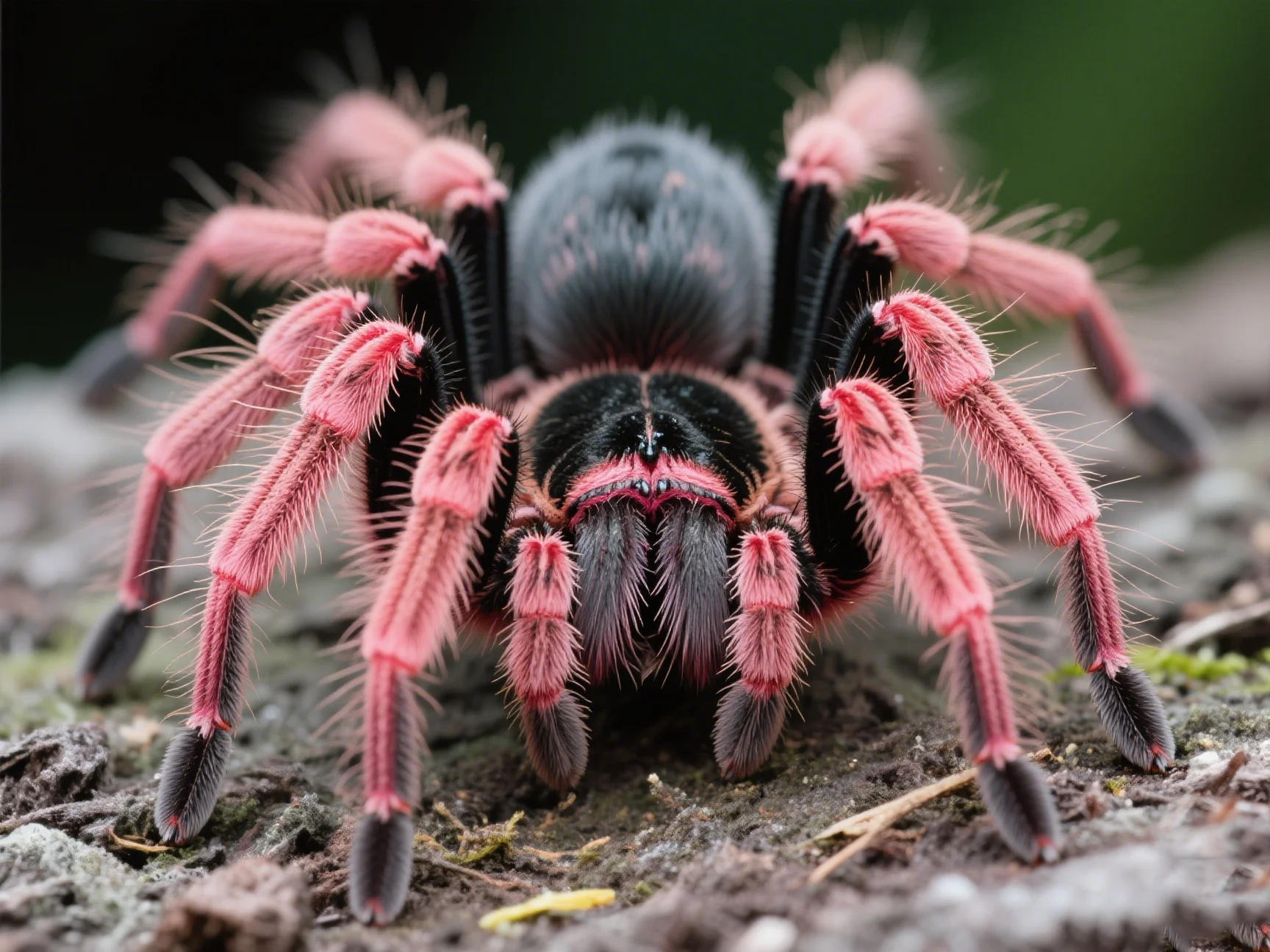
Body length (carapace + abdomen) is less frequently used but provides another perspective on size. For an adult *C. versicolor*, body length might be around 2 to 2.5 inches (5-6.5 cm).
Size Comparison
Compared to other popular tarantulas:
- Slightly larger than the common Pinktoe Tarantula (*Avicularia avicularia*).
- Smaller than many popular terrestrial species like Mexican Redknees (*Brachypelma hamorii*) or Curly Hairs (*Tliltocatl albopilosus*), which often reach 5.5-6.5 inches.
- Significantly smaller than large species like *Pamphobeteus*, *Xenesthis*, or *Theraphosa* species, which can exceed 8-10 inches DLS.
Their moderate [Caribena versicolor adult size](https://www.lopehare.com/tarantula-pet-care/) makes them manageable in terms of enclosure space compared to giant species.
Size Perception: Their vibrant colors and relatively slender build can sometimes make them appear larger or smaller than they are, depending on their posture and surroundings.
Factors Affecting Final Size
While genetics sets the potential maximum size, several factors can influence how large an individual actually grows:
- Gender:** Females consistently grow larger than males.
- Nutrition:** Consistent and adequate nutrition during the growth phases (spiderling and juvenile) is crucial for reaching full potential size.
- Overall Health:** Optimal husbandry conditions (temperature, humidity, low stress) support healthy growth.
In summary, expect your adult Antilles pinktoe tarantula to mature into a beautiful, medium-sized arboreal spider reaching a leg span of around 5 to 6 inches.
Size information based on data from taxonomic descriptions, established keeper resources like the World Tarantula Database, and general consensus in the tarantula hobby.
